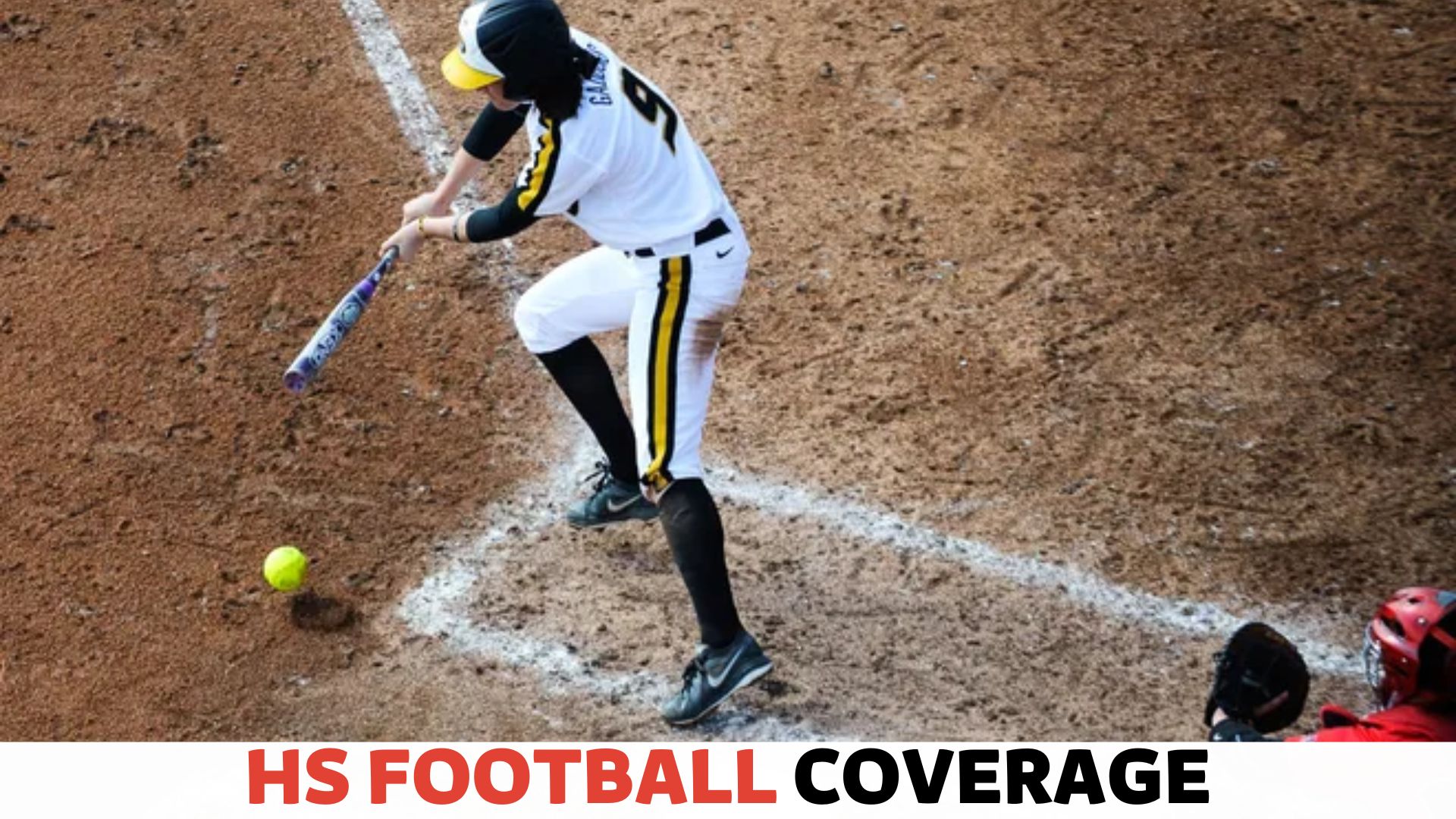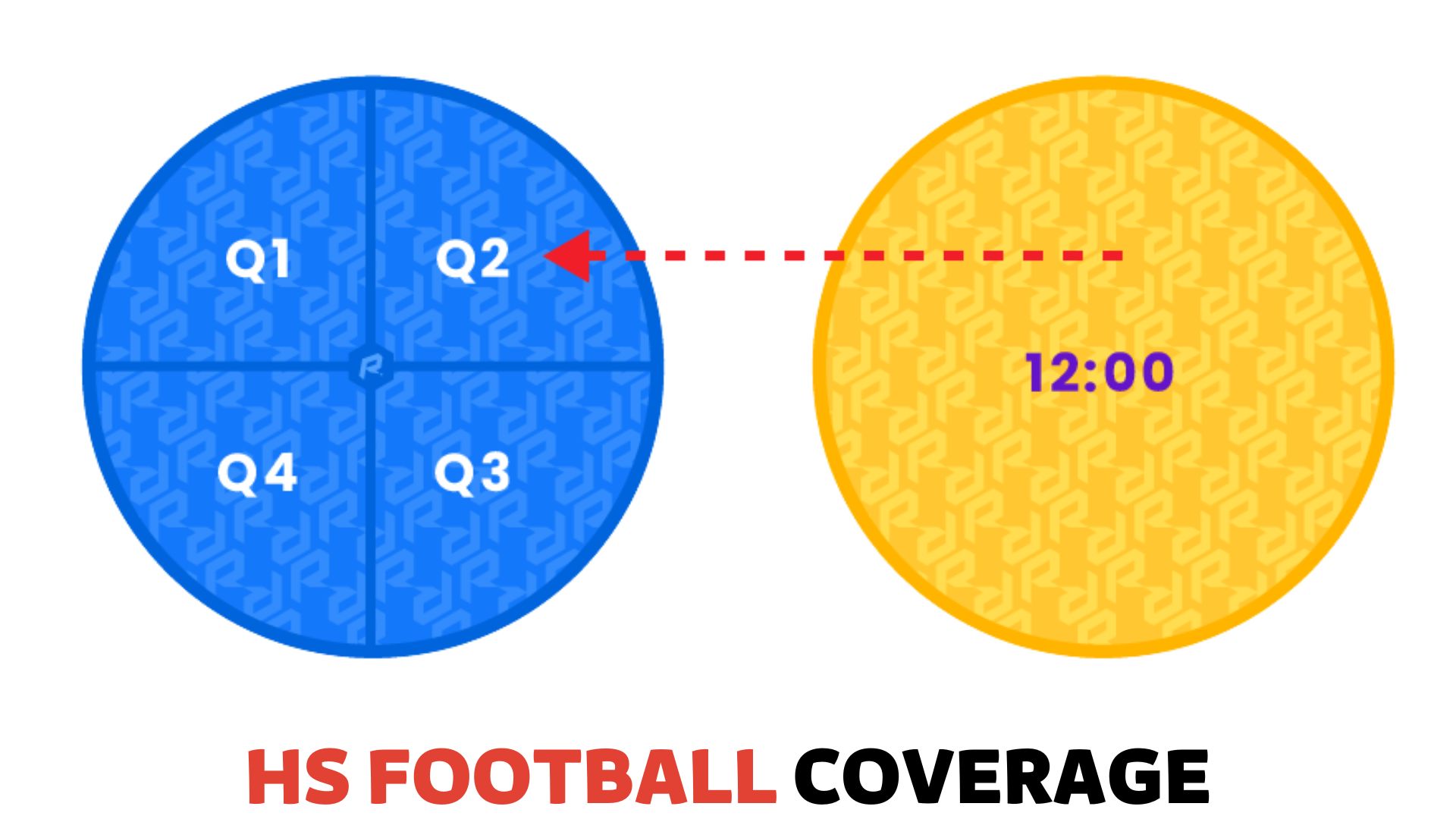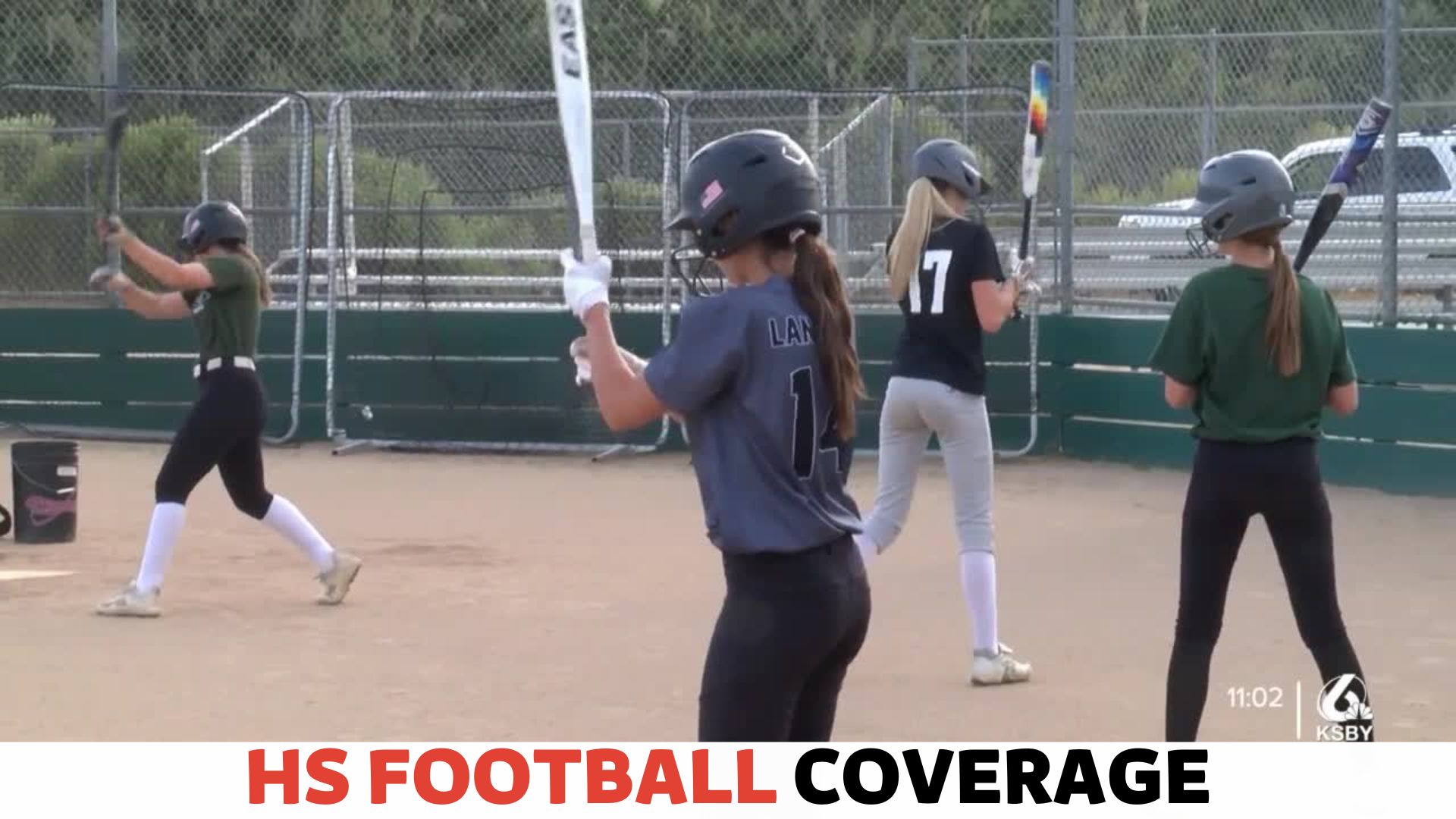
Yes, there is a mercy rule in high school softball. The mercy rule ends a game if one team is winning by a certain number of runs after a specified number of innings.
This rule is in place to prevent the game from becoming too one-sided and to avoid unnecessary additional play.
The specifics of the mercy rule can vary depending on the league or state governing body. It ensures that the losing team does not suffer a significant point differential and allows for a quicker game resolution.
The mercy rule is a common practice in many sports designed to promote fairness and sportsmanship.
Examining the Criteria That Determine When the Mercy Rule is Applied in High School Softball Games

The mercy rule is crucial to high school softball, ensuring fairness, sportsmanship, and player safety.
When one team dominates the game, the mercy rule is triggered to end the match early and prevent unnecessary inequality.
Understanding the criteria determining when the mercy rule is applied is essential for players, coaches, and fans. Let’s take a closer look at the factors that come into play.
Point Differentials and Inning Limits
The mercy rule in high school softball is typically based on point differentials and inning limits. When the point differential reaches a predetermined threshold, the mercy rule is enacted, leading to an early end of the game.
This threshold varies from state to state and even between different leagues, but it is commonly a differential of ten runs or more after a specified number of innings.
For instance, in some states, if a team is leading by at least ten runs after the completion of five innings, the game is called due to the mercy rule.
This ensures the game does not continue unnecessarily if one team is considerably ahead and the competitive balance is significantly disrupted.
The point differential and inning limit criteria help maintain the integrity of the game and prevent demoralizing blowouts.
Time Constraints and Scheduling Considerations
Another factor that determines the application of the mercy rule is time constraints and scheduling considerations.
High school sports often have limited time slots and tight schedules, with multiple games occurring on the same field or day.
The mercy rule allows for efficient time use and ensures that games do not drag on indefinitely when the outcome is determined.
By implementing the mercy rule, the game is concluded promptly, allowing teams to prepare for upcoming games while keeping the overall schedule on track.
This enables a smoother and more organized flow of high school softball competitions, reducing the strain on players, coaches, and officials and allowing for better resource management.
Competitive Fairness and Player Safety
Competitive fairness and player safety are paramount in high school softball, and the mercy rule is crucial in upholding both aspects.
When one team dominates to the point where a comeback is highly unlikely, continuing the game may lead to unnecessary physical and mental strain on the losing team.
Moreover, lopsided games can pose safety risks, especially if a considerable skill gap exists between teams.
By ending the game early through the mercy rule, players can avoid potential injuries that may arise due to frustration or fatigue in a severely imbalanced contest.
This ensures the game remains fair, focused on skill development, and free from unnecessary risks.
| Criteria | Threshold |
|---|---|
| Point Differential | 10 runs or more |
| Inning Limit | Varies (e.g., 5 innings) |
The mercy rule in high school softball is vital to the sport, ensuring fairness, sportsmanship, and player safety.
The mercy rule maintains a healthy and enjoyable environment for all participants by considering point differentials, inning limits, time constraints, and competitive fairness.
Exploring the Advantages and Disadvantages of Having a Mercy Rule in High School Softball
The mercy rule sparks debates among coaches, players, and fans in high school softball.
A mercy rule is a sports regulation that allows a game to be ended early if one team has an insurmountable lead.
While the intentions behind implementing a mercy rule are often noble, as they aim to provide a more efficient game experience and maintain fair competition, potential drawbacks and challenges need to be considered.
Let’s delve into each aspect to understand better the impact of a mercy rule on high school softball.
Providing a More Efficient Game Experience
Having a mercy rule in high school softball can enhance the game’s efficiency, ensuring it doesn’t unnecessarily drag on when one team has a significant advantage.
This saves teams time, energy, and resources, preventing players and spectators from enduring extended periods of one-sided play.
Furthermore, a more efficient game experience can contribute to improved player development, as it allows for continued exposure to competitive situations while limiting the time spent on a game that has already been effectively decided.
Maintaining Fair Competition and Preventing Blowouts
The mercy rule in high school softball serves the crucial purpose of maintaining fair competition and preventing blowouts.
When one team dominates the game and builds an insurmountable lead, the trailing team can be demoralized and frustrated.
The mercy rule prevents excessive humiliation and provides a sense of sportsmanship by guaranteeing that the trailing team will not be subjected to an endless barrage of runs.
Ending the game early promotes a more balanced and respectful environment, ensuring the competition remains fair for both teams involved.
Potential Drawbacks and Challenges in Enforcing the Mercy Rule
While the mercy rule may seem ideal in theory, its enforcement has potential drawbacks and challenges.
Firstly, determining the point at which the rule should be applied can be subjective, creating confusion and disagreements among officials, coaches, and players.
There is also the risk of prematurely ending a game that could potentially turn around, denying the trailing team an opportunity to mount a comeback.
Additionally, implementing a mercy rule might inadvertently undermine the development of resilience and perseverance among players, as they may miss out on the valuable experience of playing through challenging circumstances.
Another challenge is deciding the margin of lead that warrants invoking the mercy rule. Defining a specific run differential to trigger the rule can be contentious, as it may vary based on factors such as the teams’ skill levels.
The game’s length and competitive history make it challenging to strike the right balance to ensure that the rule is applied appropriately in different scenarios.
Overall, the mercy rule in high school softball has advantages in providing a more efficient game experience and preventing blowouts. Still, it also presents challenges in its enforcement and potential drawbacks in player development.
Implementing a mercy rule in high school softball requires striking a balance between fair competition, sportsmanship, and maintaining a competitive spirit.
Investigating How the Mercy Rule Regulations May Vary Between States or Districts in High School Softball
Investigate the possible variations of mercy rule regulations in high school softball between different states or districts. Determine if there is a mercy rule in high school softball.
Different Point Differentials and Inning Limits
When applying the mercy rule in high school softball, variations in the point differentials and inning limits can trigger its implementation.
Each state or district may have specific rules, adding an interesting aspect of variability to the game.
While some regions may implement the mercy rule when a team is leading by 10 runs after four or five innings, others may require a greater point differential or fewer innings to be played before invoking the rule.
Let’s examine how these differences in point differentials and inning limits can influence the game. In some districts, a team must lead by a significantly larger margin before the mercy rule takes effect.
This can lead to longer and more competitive games, where teams have a greater opportunity to bounce back from a deficit.
On the other hand, regions with lower point differentials and inning limits for the mercy rule may see more frequent and quicker games, especially if one team dominates the play early on.
Unique Approaches to Applying the Mercy Rule
Implementing the mercy rule can also take on unique approaches in different states or districts.
While the underlying concept of the mercy rule remains consistent, the specific regulations and enforcement methods can vary.
Some states may have a predetermined point differential and inning limit set in stone, with no room for interpretation.
However, other regions might allow umpires or coaches to invoke the mercy rule based on their judgment of the game’s circumstances.
This flexibility in enforcing the mercy rule allows for a more nuanced approach that considers various factors.
These factors may include weather conditions, player safety, pitcher workload, and the overall level of competition.
This approach ensures that players’ well-being and the integrity of the game remain in focus by allowing for the possibility of an earlier application of the mercy rule under certain circumstances.
Potential Impact on Player Development and Game Strategies
The presence and application of the mercy rule can significantly impact player development and game strategies in high school softball.
When the mercy rule is set to trigger at lower point differentials or inning limits, it is more likely to come into play during games.
This dynamic can affect how teams approach the game strategically, emphasizing the need for aggressive offensive play, tighter defense, and efficient base running.
Furthermore, the mercy rule can also impact player development by providing valuable opportunities for younger or less experienced players to gain playing time.
In games with large point differentials, coaches can rotate their bench players onto the field, allowing them to practice their skills and contribute to the team’s performance. This enhances player development and fosters a sense of inclusion and teamwork within the squad.
In conclusion, the mercy rule regulations in high school softball can vary between states or districts.
There are differences in point differentials, inning limits, application methods, and potential impact on player development and game strategies.
These variations add a layer of excitement and uniqueness to the sport while ensuring the players’ safety and well-being.
So, coaches, players, and fans alike need to be aware of the specific mercy rule regulations in their respective regions to understand and fully appreciate the game of high school softball.
Unveiling Any Recent Updates or Adjustments Made to the Mercy Rule in High School Softball
High school softball has always been a sport that emphasizes fair play and sportsmanship. Various rules and regulations ensure that every game remains competitive and enjoyable for both teams.
One such rule that has received considerable attention in recent years is the mercy rule, which applies when a team establishes an insurmountable lead over its opponent.
This article reviews any recent updates or adjustments to the mercy rule in high school softball.
Reviewing Rule Changes in Response to Evolving Game Dynamics and Player Safety Concerns
The mercy rule in high school softball has been revised in response to evolving game dynamics and player safety concerns.
Recognizing the importance of balancing competition and player well-being, governing bodies have ensured that the mercy rule reflects these principles.
Some recent updates to the mercy rule include:
- Implementing a run differential threshold: Many high school softball associations have introduced a run differential threshold to prevent excessively long games and reduce injury risks.
- This means that if a team leads by a certain number of runs after a specific inning or innings, the game will be called in favor of the leading team.
- This not only helps safeguard the physical well-being of players but also ensures that games remain competitive and maintain a lively pace.
- Consideration of inning limits: Another update to the mercy rule has been the consideration of inning limits. In some cases, especially during tournament play, the mercy rule might be applied after a predetermined number of innings have been completed. This allows for a fair assessment of the game’s competitiveness and ensures that teams can stage a comeback before the mercy rule comes into effect.
- Additional provisions for player safety: Player safety is a priority in high school softball, and recent updates to the mercy rule have incorporated provisions to protect players further. This may include mandatory rest periods for pitchers or guidelines on the maximum number of consecutive pitches a player can throw. By promoting responsible player management, these provisions aim to reduce the risk of injuries and create a safer playing environment.
Impact on Game Outcomes and Strategies
The mercy rule significantly impacts game outcomes and team strategies. By allowing for the early conclusion of one-sided games, the mercy rule prevents demoralizing blowouts and reduces the strain on players from both teams.
Teams must adapt their strategies in response to the possibility of a mercy rule coming into effect. A leading team may opt to focus on maintaining its lead rather than extending it, ensuring it stays within the prescribed run differential limit.
Conversely, a team trailing by a considerable margin may adjust its tactics, placing an increased emphasis on scoring runs to avoid getting mercy ruled.
Overall, the mercy rule influences the flow of the game and the players’ mindset, encouraging sportsmanship and fairness while ensuring that both teams have a chance to compete until the end.
Conclusion
To sum it up, while there is no universal mercy rule in high school softball, many state associations have implemented their versions to ensure fair play and prevent excessive point differentials.
This rule not only protects players’ physical and emotional well-being but also fosters a positive playing environment. The mercy rule in high school softball balances competition and sportsmanship, reminding us of the importance of respect and fairness in the game.















